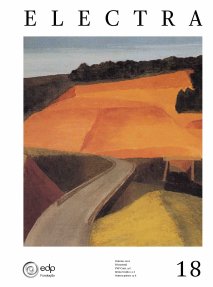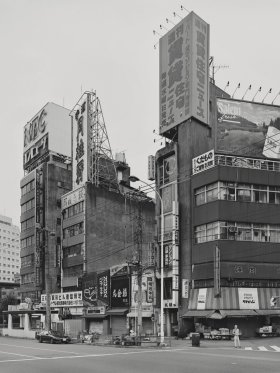Poet-philosopher, sceptical enlightener, intellectual reporter, cultural and social critic, inveterate experimenter with literary forms and genres, Hans Magnus Enzensberger is undeniably a polymath, but, for many of his readers, above all he is an essayist. The focus of his work shifts from one moment to the next, from a poem to a narrative montage of documents in a collection of essays. Autobiographical details, however, are kept to a minimum. Questions of public discourse clearly predominate, oscillating between detailed and documented analysis and a form of ironic oratory, often in the form of praise and defence or, on the contrary, of denunciation and satire.
Born in 1929 in Kanfbeuren in the Swabian- ‑Bavarian Alps, Enzensberger is without doubt the most eclectic and cosmopolitan German writer of his generation. His entire oeuvre reveals a particular kind of cultural and literary encyclopaedism. Among his best-known works are the poems Mausoleum: Thirty-seven Ballads from the History of Progress (1976) and The Sinking of the Titanic: A Poem (1978), the montage of documents on the Spanish Civil War Anarchy’s Brief Summer: The Life and Death of Buenaventura Durruti (1972), the reportage Europe, Europe: Forays into a Continent (1987), and the essays ‘The Great Migration’ (1992) and Civil Wars: From L.A. to Bosnia (1993).
A poet-essayist; a poet and an essayist. Enzensberger has always required concrete knowledge, expertise, reflection, intellectual emotion and critical ferocity in order to exercise his literary talent. His essays have increasingly featured a sense of metre and a rhythmic texture alongside their somewhat theatrical and ironically oratorical tone. His poems, in turn, often have an aphoristic and dialectical construction.
The variety, plurality and mobility of viewpoints, forms of knowledge, languages, methods, styles and genres make Enzensberger’s literary production difficult to define or label. Yet like that of any author, Enzensberger’s work can be divided into several stages. While it is not easy to define all of them, a first phase certainly runs from 1957, with his poetic debut Verteidigung der Woelfe [The Wolves defended against the lambs], until the early 1970s. At the centre of this period are two now classic collections of essays, Einzelheiten [Details] (1962) and Politik und Verbrechen [Politics and Crime] (1964), as well as his founding of the journal Kursbuch, the editorship of which Enzensberger abandoned in 1975.
The essays in Einzelheiten revolve around two topics: the consciousness industry and the relationship between poetry and politics. These are problems and interests that link Enzensberger’s early work to both Adorno and Brecht; inherited themes which Enzensberger tried to take further by going beyond previous definitions and formulations. In the essay on Bewusstseins-Industrie (Consciousness Industry), for example, we encounter from the very first page a young Enzensberger who is openly Marxist. Yet ‘the social induction of consciousness and its mediation only become problems when they take on an industrial dimension. The consciousness industry is a product of the last hundred years.’
While the immediate precedent of Enzensberger’s discourse is the long chapter devoted to the culture industry in Horkheimer and Adorno’s Dialectic of Enlightenment, in replacing the term ‘culture industry’ with the term ‘consciousness industry,’ something different and broader is being proposed. The argument would seem to be that if we are misled by a predominantly technological and commercial understanding of the mass media, then we are blind to a set of institutions, professions and activities that contribute to socially constructing what we call consciousness:






Share article